Melon is a very sweet and juicy fruit, a member of the same plant family as pumpkins and cucumbers. With proven benefits to human health in a wide variety, melons are a seasonal food that should not deprive yourself of. Summer is the time when the melons ripen and you should eat them regularly, to ensure good tone and mood. Furthermore, the juicy and sweet taste of melons keeps you cool in the hot summer months.
The origin of melon stems from the Middle East and they gradually gained popularity in Europe. Ancient Egyptians and Romans ate so much Cantaloupe daily, along with other melons. Melon seeds were transported to the United States by Christopher Columbus and cultivated by Spanish explorers in California.
In essence, melon (Cucumis melo) is an annual creeping plant that loves heat and light. Resembling the sun in form and color, melon grows thanks to sun and irrigation. Average melons can be from 500 grams to 7 kilograms.
Different varieties of melon differ in shape and structure of the outer shell, color and, of course, taste. The color range for different melons varies from greenish to yellow-green fruit and often can be colored golden, creamy and with patterns.
Thanks to their cultivation by the ancient Greeks and Romans, today more than 500 varieties of melon are known. One of the most common and consumed is honeydew, Number one in growing these delicious summer fruits are Uzbekistan, USA, Spain and France. In other places, the cultivation of melon also has centuries of tradition.
Types of melon

Cantaloupe - This species, called maskmelon, has a a bright orange interior and khaki crust. This is the type of melon that contains the most beta carotene. It can usually be found year-round, but from June to August, it is in its peak season.
Qasab - Unlike other melons, this species lacks flavor. Qasab is a large melon, which has a pale yellow color when ripe and has a white interior with a sweet taste. The high season for this kind of melon is in the fall.
Crenshaw - This type of melon weighs up to five pounds and is unique for being both sweet and spicy. It is a hybrid of Qasab and Persian melon, with a yellowish crust and interior color similar to salmon. Peak season for this type of melon is from August to September.
Honeydew - This is the sweetest of all melons and is relatively small in size. Honeydew is a type with pale yellow, almost greenish bark and pale green interior. Peak season for this type of melon is from June to October.
Persian Melon - This type of melon is quite similar to the Cantaloupe type, but is slightly larger in size and the outside of the cortex, it is surrounded by a network of fine lines. Persian melons are at peak season in August and September.
Santa Claus - This type of melon is also known as Christmas melon, because its peak season in December. This variety is similar to a watermelon and has green and gold stripes, but is not as sweet as other melons.
Charlene - This type of melon resembles a combination of Cantaloupe and Honeydew. It is sweet variety with greenish-orange skin and white interior.
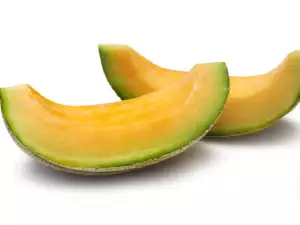
Overall, melons must be shaped according to their variety. For example, a Cantaloupe should be round, etc.
Composition of melon
100 grams of melon contains between 26 to 38 calories, depending on its variety and calories from fat are only 1g, so melon is considered health food, important for a balanced eating and supplies our body with a moderate amount of carbohydrates, including glucose, fructose and sucrose. Cantaloupe is a source of starch and pectin, which are not absorbed in the digestive system, but they are very important because they tend to absorb harmful substances in the intestines and lead them out of the body.
The delicious fruit is a valuable source of many vitamins, including A, C and K, and minerals of the greatest amount are potassium, magnesium, phosphorus, sodium, selenium and calcium, all of which are important for the proper functioning of the various systems in the human body. Melon and its nutrients are important for the immune system and increase the body's resistance.
Selecting and storing melons
When selecting melons, you need to choose those that have cracks, soft spots or bruises. You should look for melons, which are with a clean and smooth handle and have that specific, delicious fruit flavor.
Cut melon can be stored at room temperature for two to four days, or until fully ripe, then it should be placed in the refrigerator, where it lasts up to 5 days. Sliced melon should be stored in the refrigerator in a covered container, for up to 3 days.
Culinary uses of melon

Melon is a fruit whose taste is most pronounced when it is raw. Combine it with other summer fruits in a fruit salad or a make a delicious dessert with cantaloupe, raisins and honey.
Benefits of melon
Melon contains an average of about 18% sugar. They are suitable for people suffering from anemia and diseases of the circulatory system. People with gall bladder problems would be improved if they include melons in their diet. The delicious fruit is a wonderful cosmetic tool for those who want to clear their complexion.
Melons contain large amounts of vitamin C and potassium. These delicious fruits are characterized by their high content of water and are very low in calories. It is known that watermelons contain no fat and cholesterol.
Masks of melon pigment spots and remove dead and superficial capillaries. For patients with diabetes and, melon of the Gaul variety is recommended. They are the lowest in sugar, even so, they are still very juicy and aromatic.
Regular meal of melons is recommended for people who suffer from pathological conditions such as gout, arteriosclerosis, rheumatism, tuberculosis, constipation, osteochondrosis and colds. The fruit keeps the thymus, thyroid and immune health system in full working order. Melon significantly improves bowel and urine output, which leads to cleansing of the body.
Weight Loss with melon
In the hot summer days, a melon is a great way to cool, refresh and drop some excess kilos. Regular consumption of melon helps release the body of toxic substances also staves off hunger, thus helping your diet.

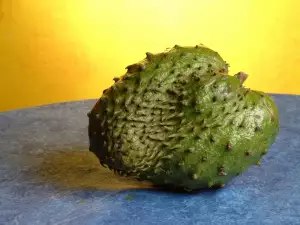



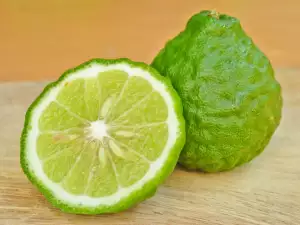




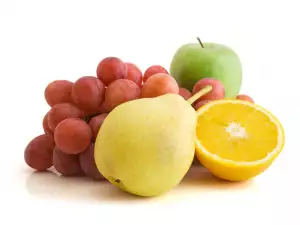



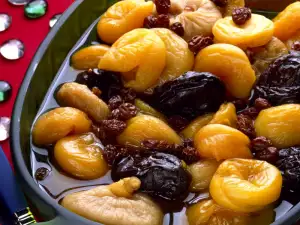




Comments